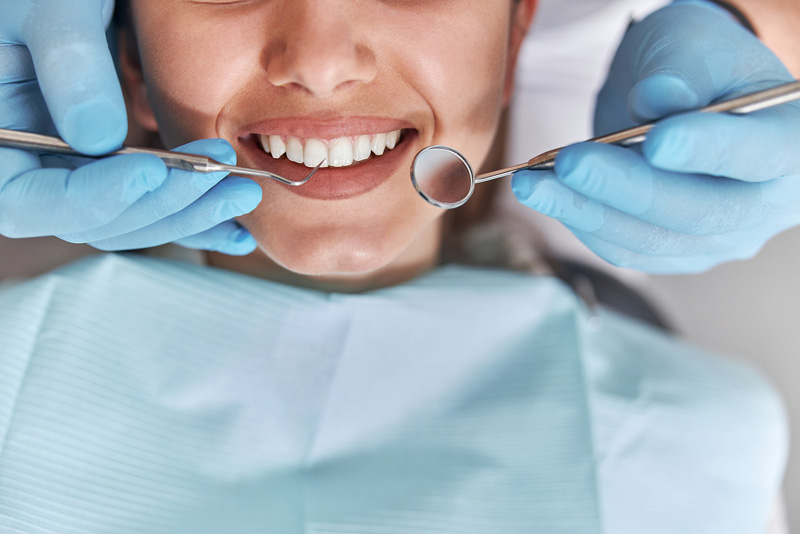Dyclonine oral rinse is a popular topical anesthetic formulation with hygienists in particular. It can prevent a gag reflex in some patients, reduce pain from instrumentation, and provide pain relief before an injection. Dentists and hygienists who try dyclonine rinse with their patients are usually convinced that it should be an essential part of every dental practice.
What is Dyclonine?
Dyclonine has been used since the 1930s as an ingredient in the brand name sore throat lozenge Sucrets. Current OTC lozenge formulations for sore throat typically contain benzocaine as the anesthetic ingredient instead. Dyclonine rinse in 0.5% strength is available from some dental suppliers. However the dyclonine 1% strength rinse must be made by a compounding pharmacy.
Made in the form of a rinse, dyclonine is capable of anesthetizing gingival and palatal soft tissues. The anesthesia is temporary and lasts only around 10 minutes. However this is usually sufficient for its purposes. There are numerous reasons why a shorter duration anesthetic is desirable for some procedures. Patients do not want to be numb for hours after they leave the dentist when they were there for a deep cleaning. At the same time, they do want to be numb enough so that the experience isn’t painful. In some cases dentists numb a patient for a cleaning that is light just to alleviate the patient’s anxiety but then the patient can’t feel their face the rest of the day.
Once a dental office starts using dyclonine rinse they realize all of its potential applications. It can be used for dental probing, taking x-rays, suture removal, and debridement. It is also frequently used to prevent gag reflex in sensitive patients and for tray sizing. Dyclonine provides a dental office with a competitive advantage over other practices and may make patients more likely to return for follow-up treatments.
Compounded Dyclonine
Besides the typical 1% formulation, a compounding pharmacy can also compound a combination with lidocaine. A dyclonine 1%, lidocaine 1% formulation is popular with dentists who work with National Pharmacy. Besides its many uses in dentistry, dyclonine rinse has applications in other specialties like otolaryngology. Dyclonine has been studied as an alternative to tetracaine solution for anesthetic prior to certain types of laryngoscopy.
The anesthetic rinse compounded by our pharmacy typically starts working between 5-10 minutes after application and lasts up to 30 minutes. Around 4mL to 20mL is usually sufficient to produce anesthesia however up to 30mL may be used. The solution can be applied as a rinse or with a cotton swab.
Patients with a known sensitivity should not be given dyclonine rinse. In most cases there are few side effects. Following application, food should not be consumed for at least 60 minutes as the anesthetic can affect swallowing. No studies have been conducted in pregnant or breastfeeding women so its use should generally be avoided in this population. The risks with dyclonine use are similar to those experienced with any local anesthetic including the risk of excitatory symptoms associated with central nervous system reactions.

